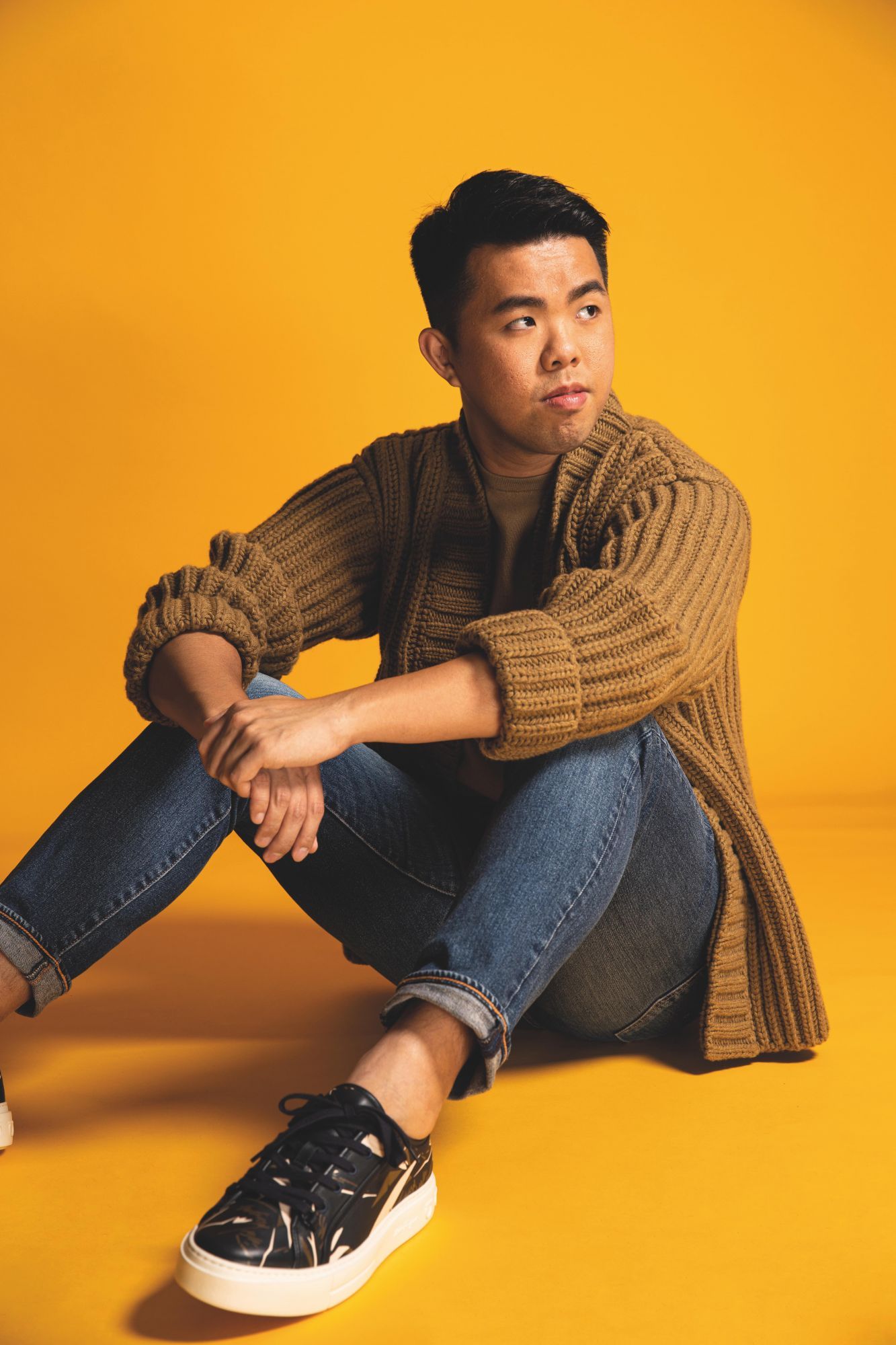The co-founder and COO of HandyRehab explains how his robotics company is making affordable solutions for patients with mobility issues
In the What Matters To Me series, a Generation T honouree describes what they do, why they do it, and why it matters.
Watching his family deal with the fallout of his uncle’s stroke 14 years ago, Alvin Cheung could not have predicted it would be an event that would shape his own future career. “I remember seeing him suffer through the disease and watching his parents having to take care of him. It was really upsetting,” Cheung says. “So, when I started working, I decided I wanted to do something to make life easier for people like him and their carers.”
One business degree later, in 2015, Cheung teamed up with robotics researcher Newman Ho to develop a wireless robotic hand to help patients with hand-function disabilities perform simple, everyday tasks able-bodied people take for granted, such as picking up small objects or turning a doorknob. “HandyRehab’s mission is to be the Iron Man of rehab—starting with this hand functioning robot and eventually helping other parts of the body. We want to help patients to do things they otherwise couldn’t do,” Cheung says.
Here, Cheung introduces his work in his own words.
We want to make rehabilitation look cooler. A lot of the time, products look like a huge, industrial piece of metal, so a lot of the patients—particularly elderly patients—don’t like wearing it after they’ve had a stroke. Some refuse to use the technology even though it’s really useful.
Robotics for rehabilitation is not new: this idea has been around for more than four decades. But most of the robotics options on the market are huge in size and expensive because they’re only targeting hospitals. If the golden recovery period for a stroke patient is two years and the average patient is discharged from the hospital and can only access two to three months of intensive rehabilitation, there is a huge gap between products and the market because people can’t get access to the technology they need. That’s why we want to make robotic products that are affordable, portable and easy to use.
See also: How Covid-19 Has Changed The Way Venture Capital Firms Invest
